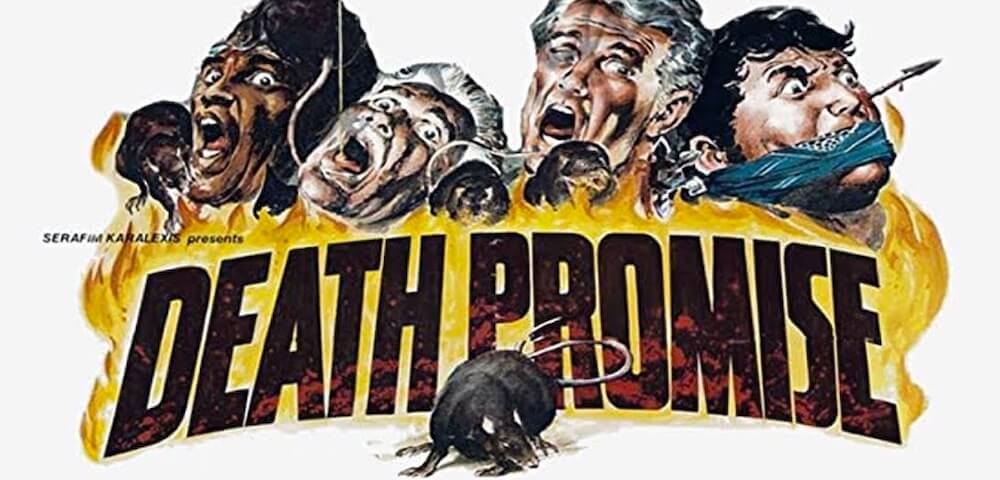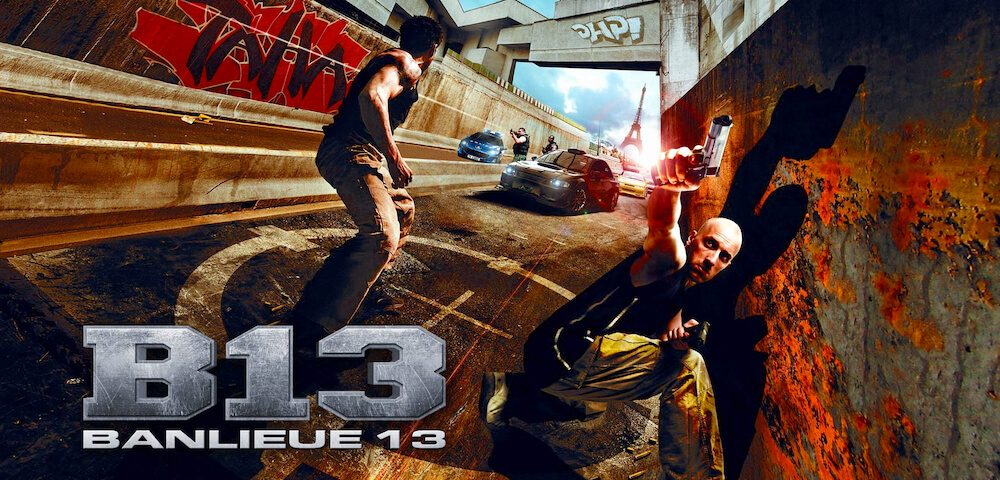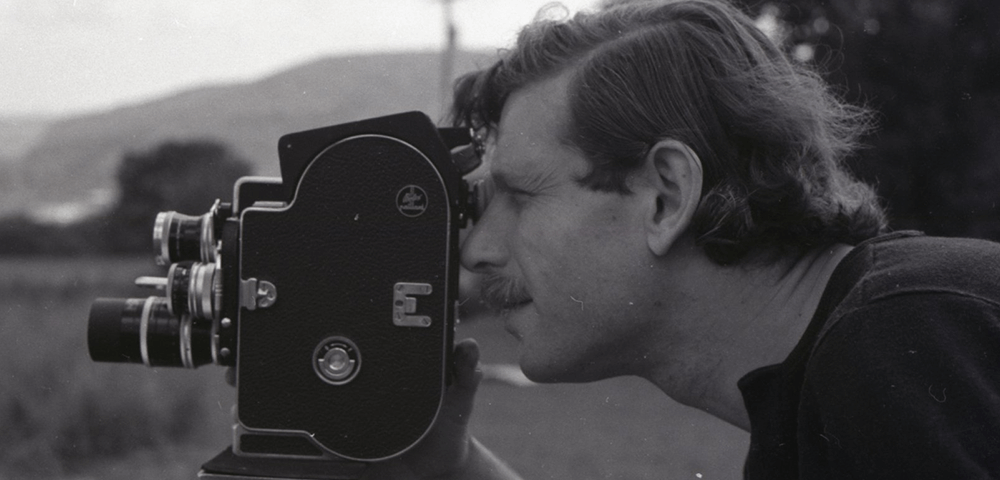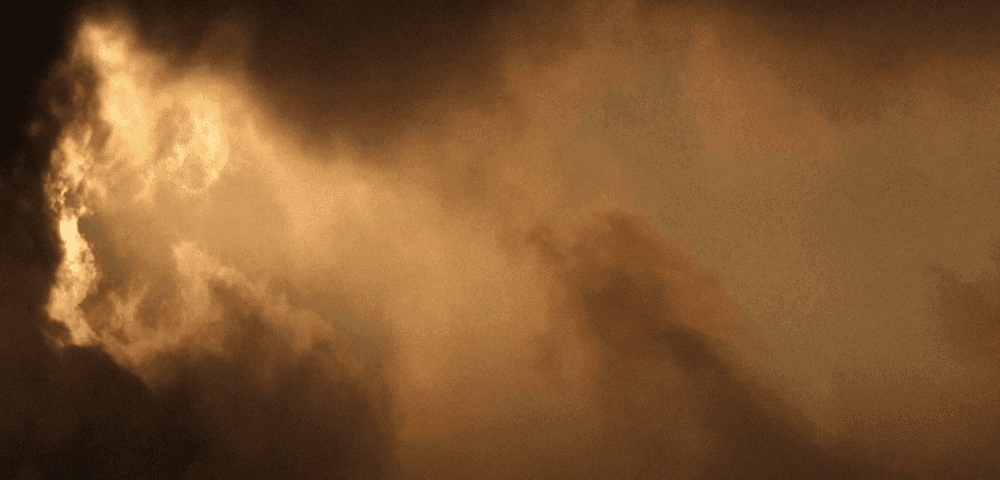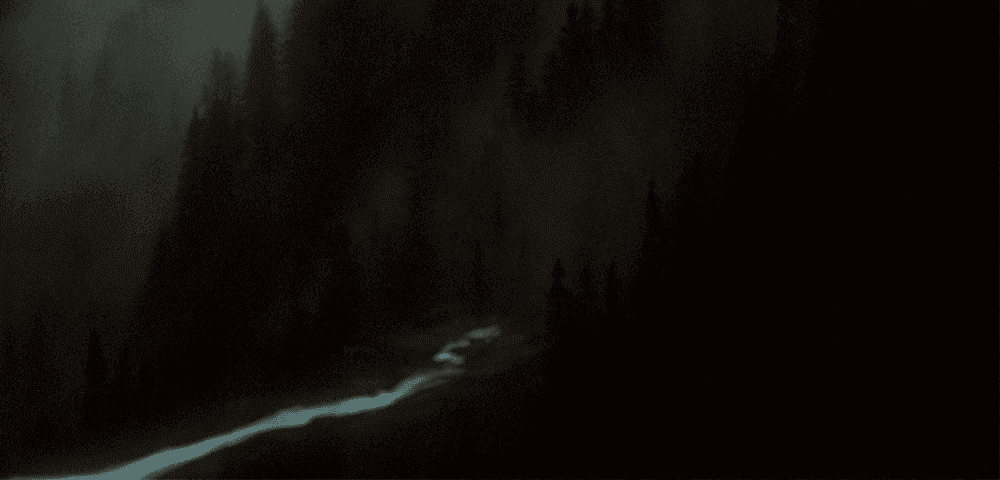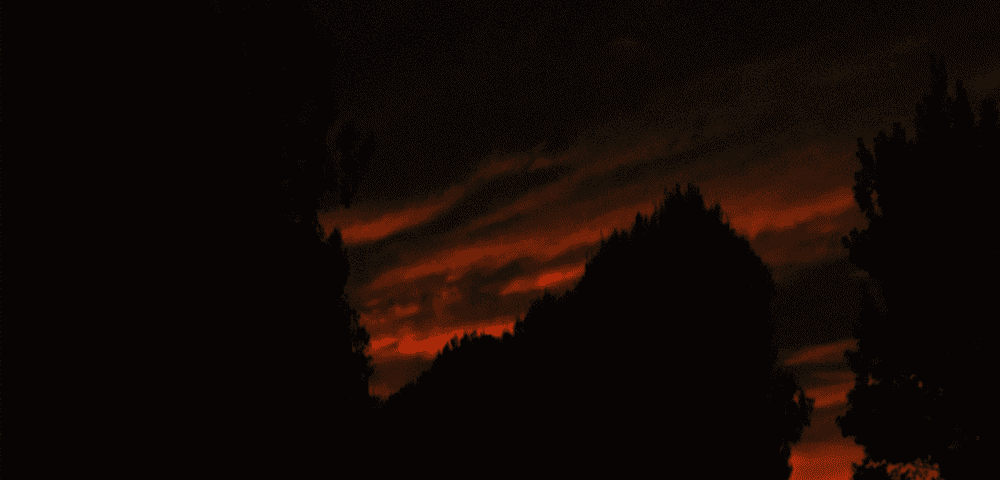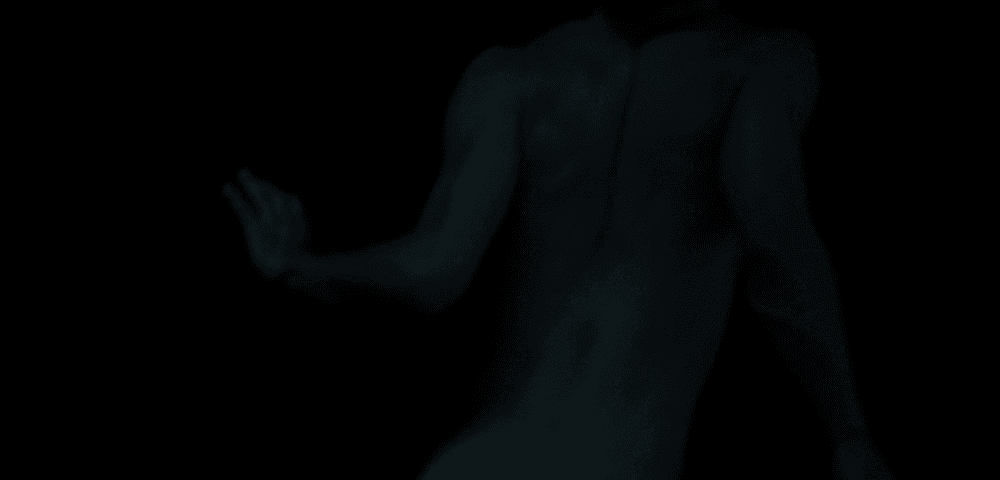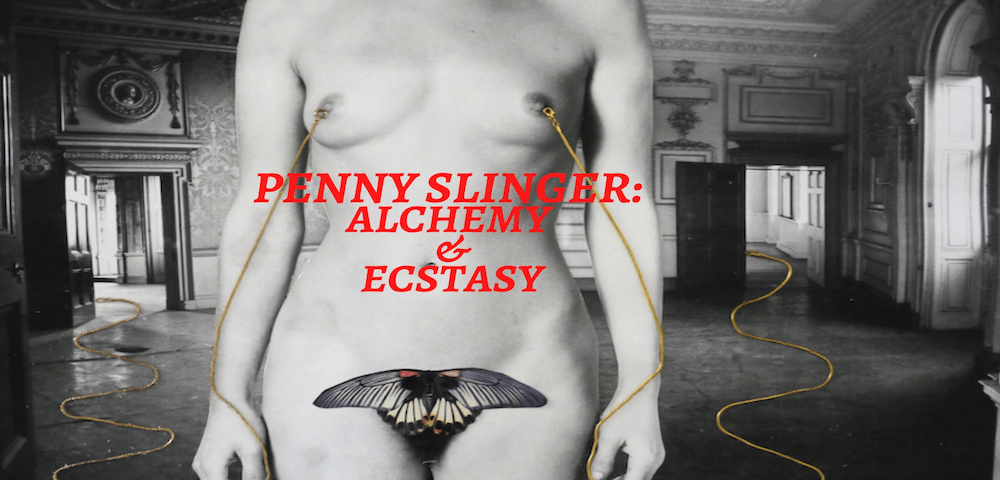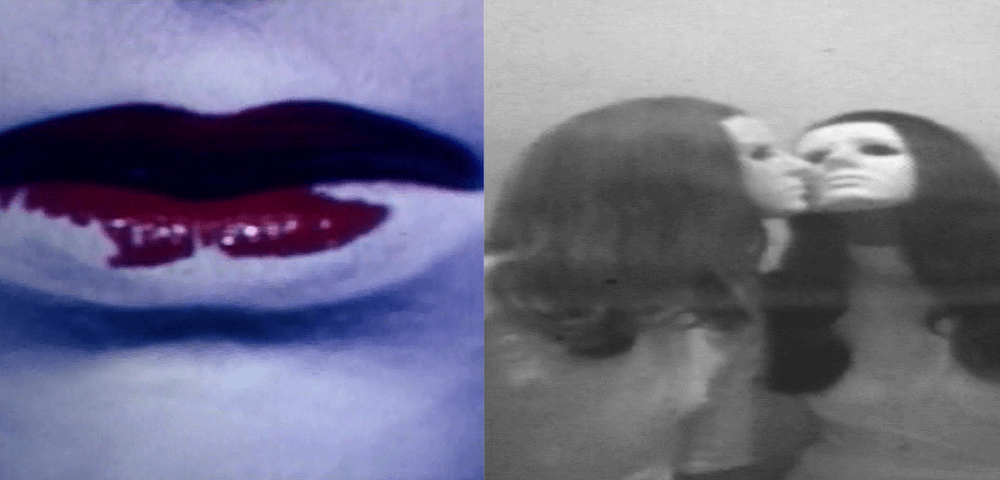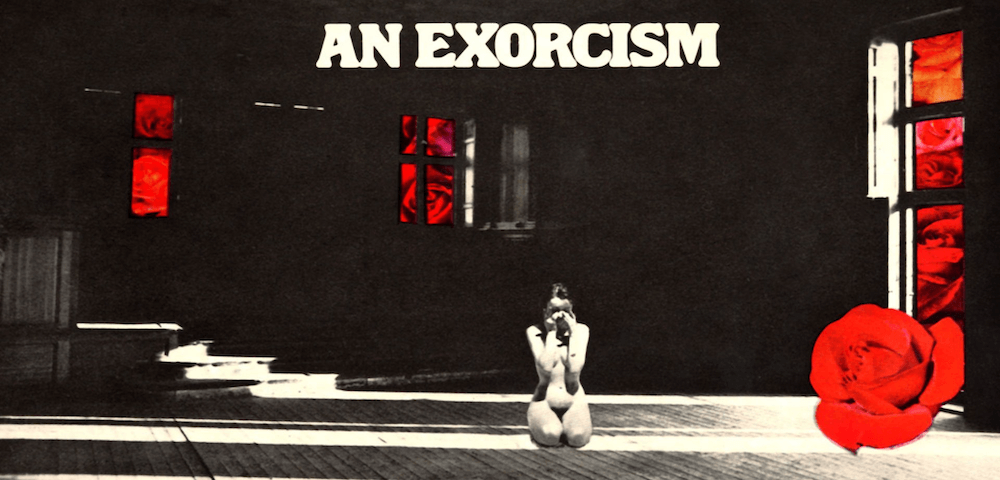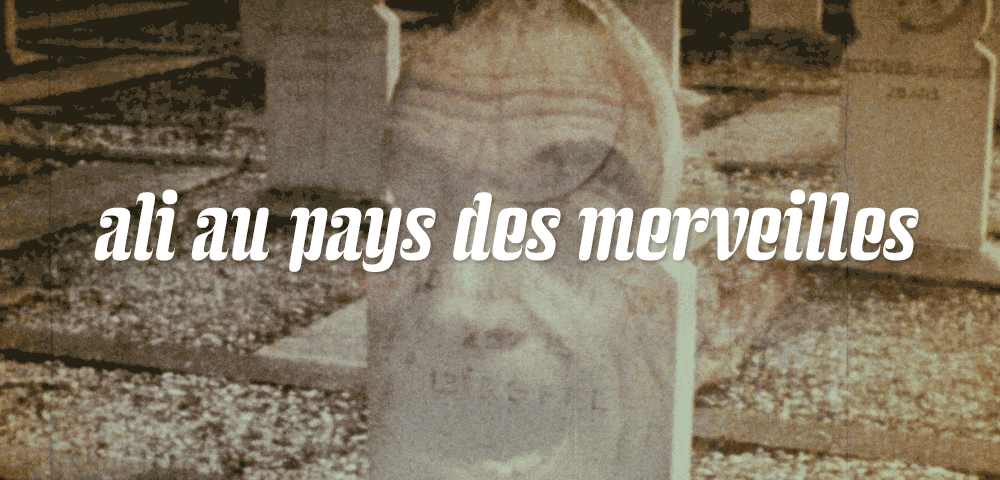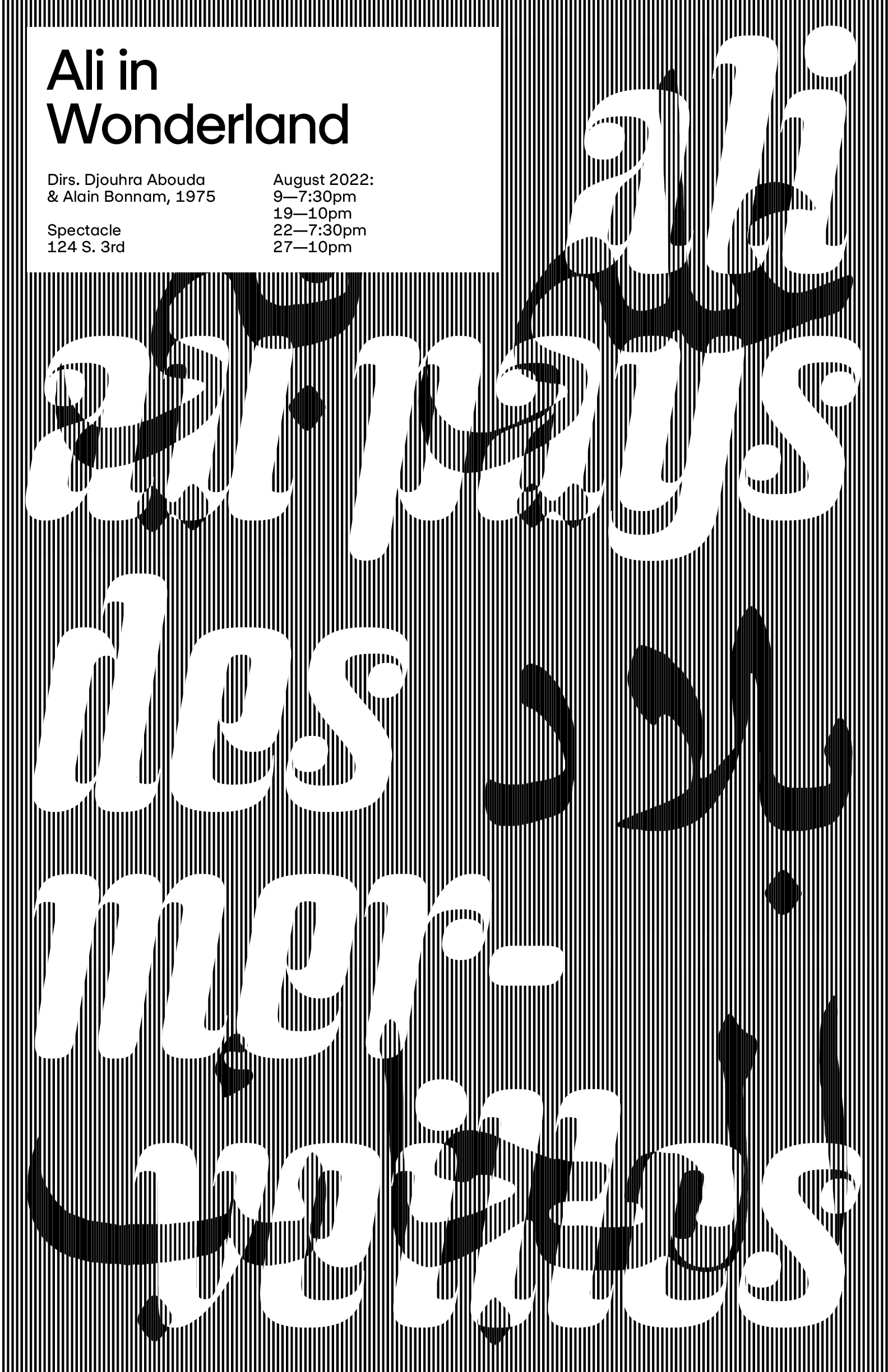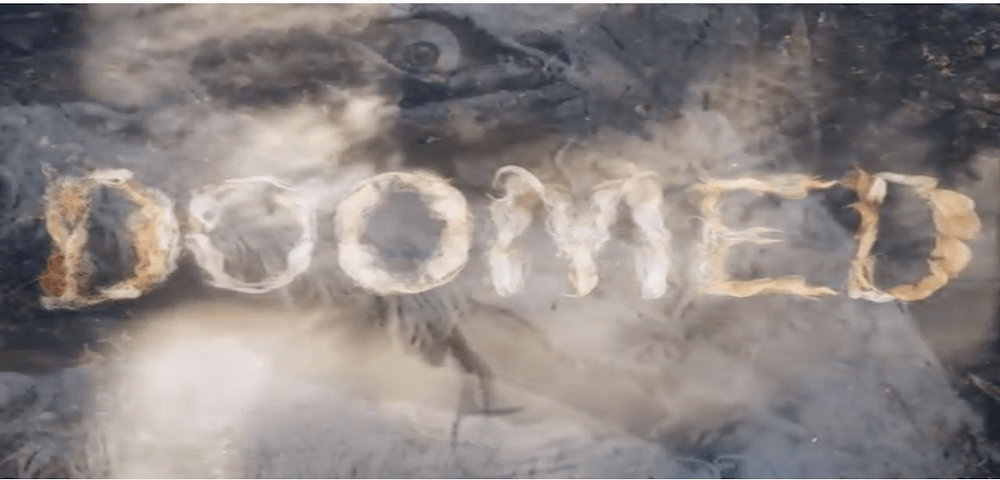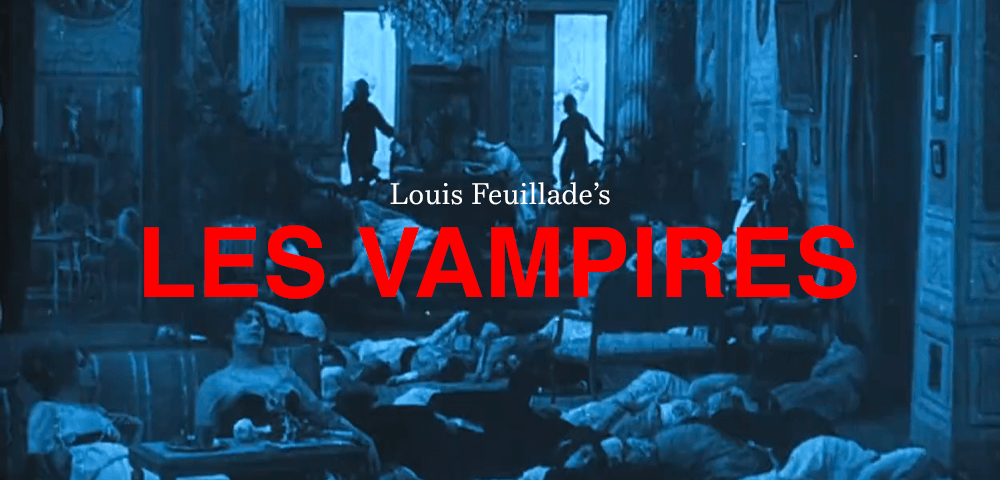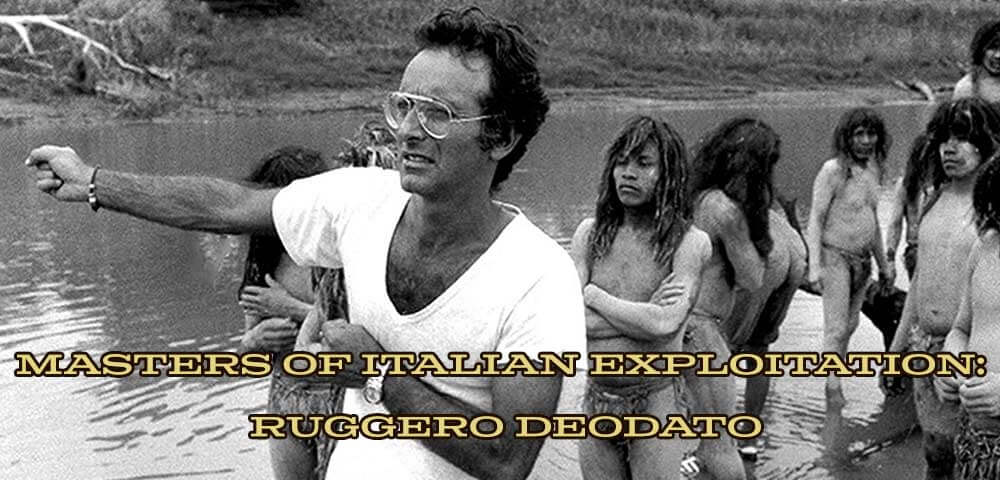
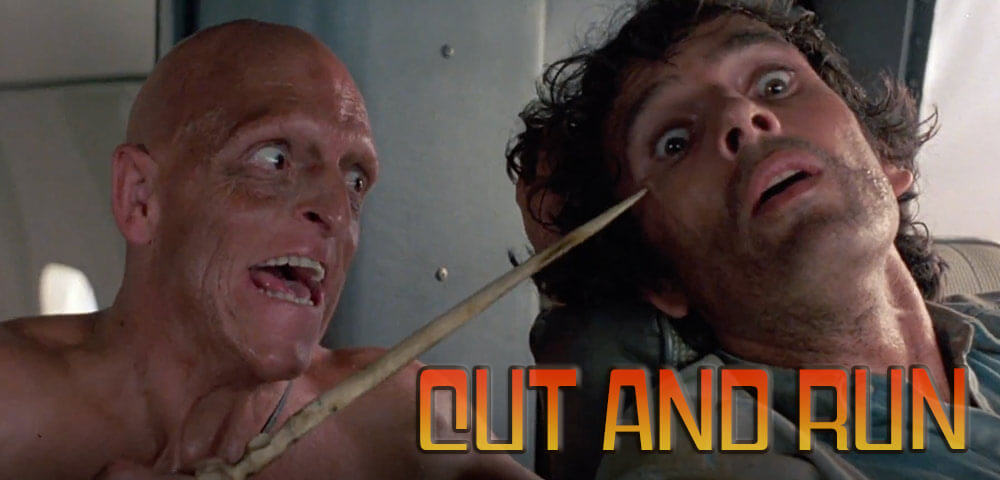
(Inferno in Diretta)
Dir. Ruggero Deodato, 1985.
Italy. 90 min
In English
THURSDAY, SEPTEMBER 1 – 10 PM
THURSDAY, SEPTEMBER 15 – 10 PM
SATURDAY, SEPTEMBER 24 – Midnight
FRIDAY, SEPTEMBER 30 – Midnight
Miami, 1984. At the scene of a grizzly murder, news reporter Fran Hudson discovers a connection between a Jonestown survivor and a TV executive’s missing son. The lead sends her deep into the madness of the jungle and face-to-face with Colonel Brian Horn’s cult-like cannibal army.
CUT AND RUN serves as the final film in Ruggero Deodato’s cannibal trilogy following LAST CANNIBAL WORLD (1977) and CANNIBAL HOLOCAUST(1980). After his first two films were condemned for their depictions of genuine animal cruelty, Deodato appears to have taken pity on his audience (which is to say that no animals were harmed in the making of this film). However, CUT AND RUN is hardly a ride on Disney’s Jungle Cruise; this film is the coked-up loved child of APOCALYPSE NOW (1979) and ZOMBI 2 (1979).
The film began its life as a script written by Wes Craven, but his version never saw the light of day. Deodato eventually picked up the project and cast longtime Craven collaborator Michael Berryman, hot off the set of HILLS HAVE EYES PART 2 (1984). Berryman is joined by genre all-stars Richard Lynch, Lisa Blout, Barbara Magnolfi, and Karen Black.
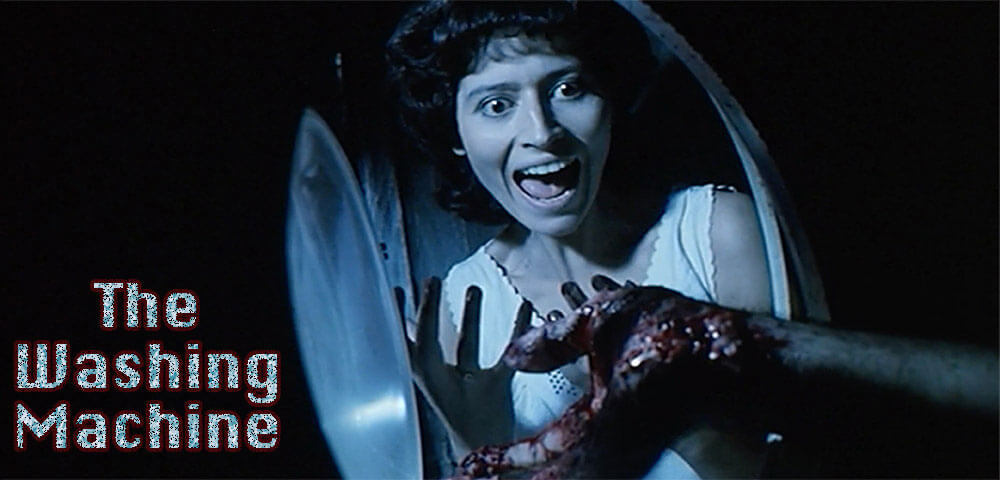
(Vortice Mortale)
Dir. Ruggero Deodato, 1993.
Italy. 86 min
In English
MONDAY, SEPTEMBER 5 – 10 PM
FRIDAY, SEPTEMBER 9 – Midnight
FRIDAY, SEPTEMBER 30 – 7:30 PM
Detective Stacev is called to investigate after three sisters discover a dismembered pimp in their washing machine. However, when the body goes missing, everyone’s a suspect. The detective puts it all on the line to untangle a web of secrets, seduction, and subterfuge or risks being left out to dry.
Don’t let the title fool you, THE WASHING MACHINE is not a killer appliance movie. Produced during the height of the erotic thriller boom of the late 80s and early 90s, THE WASHING MACHINE applies a typical giallo story to an erotic thriller framework. The result is a bizarre masterpiece dripping in questionable motivations, immoral characters, and insane twists. Accompanying the on-screen madness is an electrifying soundtrack by Goblin keyboardist, and longtime Deodato collaborator, Claudio Simonetti.
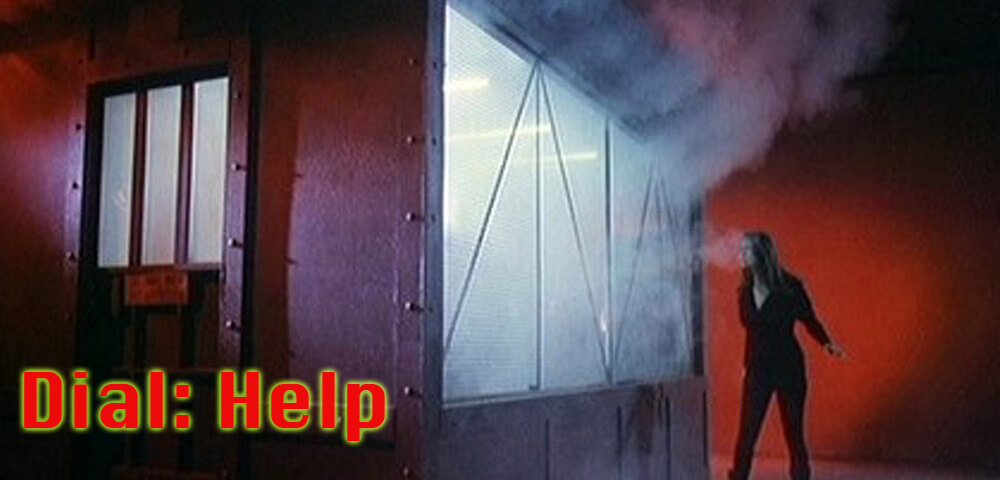
Dir. Ruggero Deodato, 1988.
Italy. 94 min
In English
SATURDAY, SEPTEMBER 10 – Midnight
SATURDAY, SEPTEMBER 17 – Midnight
FRIDAY, SEPTEMBER 30 – 10 PM
A psychic finds herself tapping into the “energy” of a deceased phone operator. She also finds that her friends soon begin dying mysteriously. An investigator determines to track down the cause.
Rounding out our trio of Deodato films is this extremely wacky English language supernatural thriller, based on a story by frequent Argento collaborator Franco Ferrini (PHENOMENA, OPERA, DEMONS, DEMONS 2). It follows a British model (Charlotte Lewis) after her recent arrival in Rome. A psychic presence begins to stalk her as a series of grisly and increasingly bizarre telephone related murders occur. Bursting with over the top 80’s absurdity, creative FX, and a perfectly dated ‘funky’ soundtrack.

